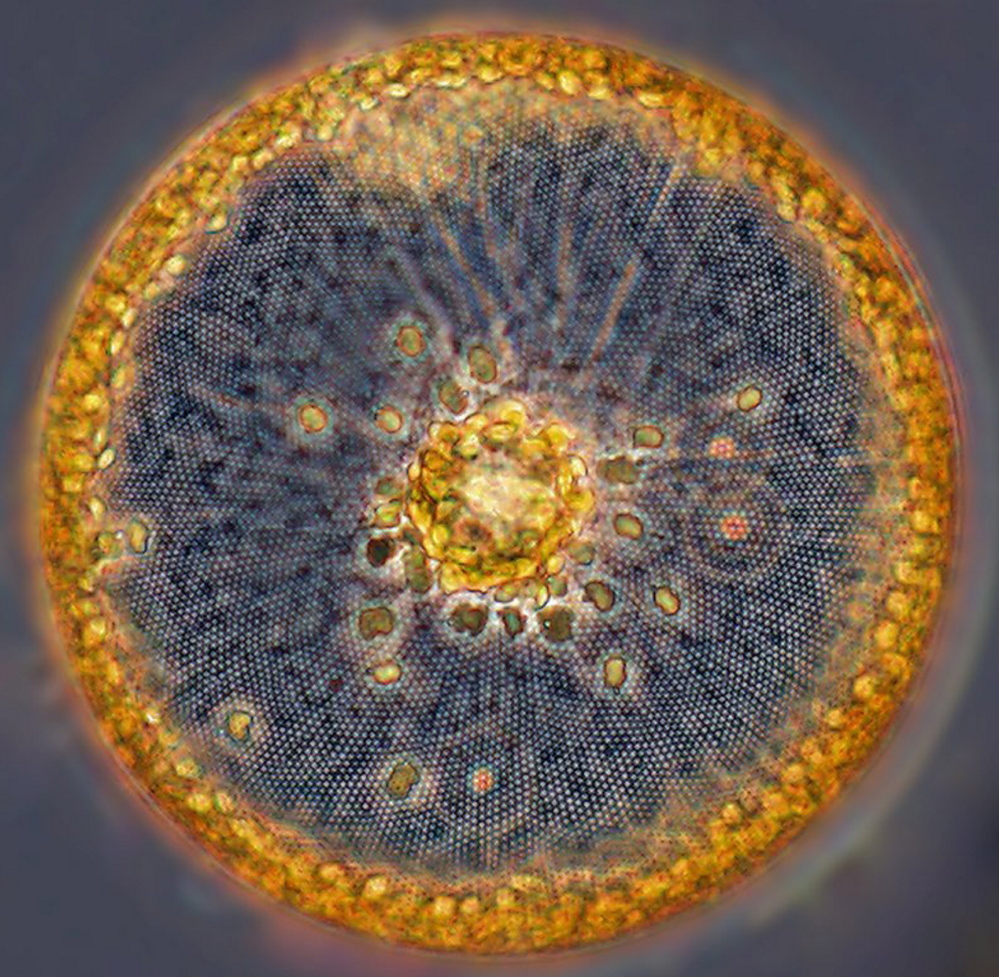FRYEBURG — The excellent series of Portland Press Herald articles by Colin Woodard about the insidious changes to the Gulf of Maine ecosystem is a wake-up call for all of us (“Mayday: Gulf of Maine in distress,” Oct. 25-30).
The recent global warming trend is unquestionably contributing to the ecosystem changes in the Gulf of Maine. However, is the link between burning fossil fuels and global warming the only key explanation for the ominous demise of this valuable coastal resource?
Another significant factor affecting the Gulf of Maine that deserves research is the recent increased degree of freshwater flow regulation through dams, which has resulted in a high divergence from the natural seasonal timing and volume of flow delivery to coastal waters.
Lakes were once drawn down from the higher spring water levels gradually through the summer to the lowest water levels in early fall. This historic practice and the resulting estuary inflows more mimicked the natural flow pattern of river watersheds. For millenniums, lake, river, estuary and coastal ecosystems had adapted to the seasonal flow patterns that were long established in nature.
Now, however, most of the large lakes in Maine and hundreds of the state’s mid-sized and smaller lakes are regulated by storage dams. Managers of these dams are required to achieve a goal of capturing the spring runoff and maintaining full or near full pond levels through the spring, summer and fall.
Before surface ice freezes in the late fall, lake outflows are greatly increased in order to rapidly lower the lake or impoundment level. On many lakes, the annual historic fluctuation range of levels and the degree of summer drawdown have been greatly diminished. This can result in unnaturally extended periods of higher freshwater inflow to estuaries after heavier precipitation events.
Altering freshwater flow and the consequential change in the timing and volume of nutrient delivery like silica to coastal waters affects microscopic saltwater plants called diatoms. Diatoms, with their unique shells of silica, are able to process carbon dioxide from ocean water and the atmosphere many times more efficiently than other plants.
Diatoms are key regulators of ocean acidity and our climate. They are the principle foundation of the Gulf of Maine food chain. This is one key reason why, like water quality, nothing could be more important to Maine estuaries and the coastal water plants and animals than the timing, quantity, and magnitude of freshwater flow delivery.
To better understand the impacts of this present unnatural freshwater flow to the Gulf of Maine and ocean ecosystems, many questions will need to be answered.
Some of these questions include:
• How do the unnatural freshwater flows affect the delivery of nutrients to the Gulf of Maine?
• Is ecosystem impoverishment occurring because the reproductive and behavior cycles of coastal water plants and animals that depend on them are attuned to the delivery of significant amounts of nutrients and freshwater in the spring and not in the fall?
• Is the diatom plankton population harmed by unnatural freshwater flows?
• What are the impacts on shellfish and plants like eelgrasses in estuaries, which are now more often subjected to unnaturally long durations of flood or drought flows?
• Do the unnatural flows and reduced natural variability contribute to the success of invasive species and the demise of native species?
• Do the now-common river flow reductions in the spring and the increased flows in the fall affect the Gulf of Maine water temperatures?
• Do unnatural lake levels affect the geochemistry of lake wetland and lake bottom sediments and ultimately affect the chemistry, quality and color of the water that flows to the Gulf of Maine?
Freshwater flows have been altered without any scientific thought about the impacts. The seasonal timing, duration and quantities of freshwater flow entering the Gulf of Maine have been methodically and gradually changed over the past few decades without attracting much notice.
It is imperative that scientists from many disciplines and stakeholders work together to begin understanding the vast and complex nature of the “everything is connected” relationship of freshwater flow and our coastal ecosystems.
Send questions/comments to the editors.



Comments are no longer available on this story